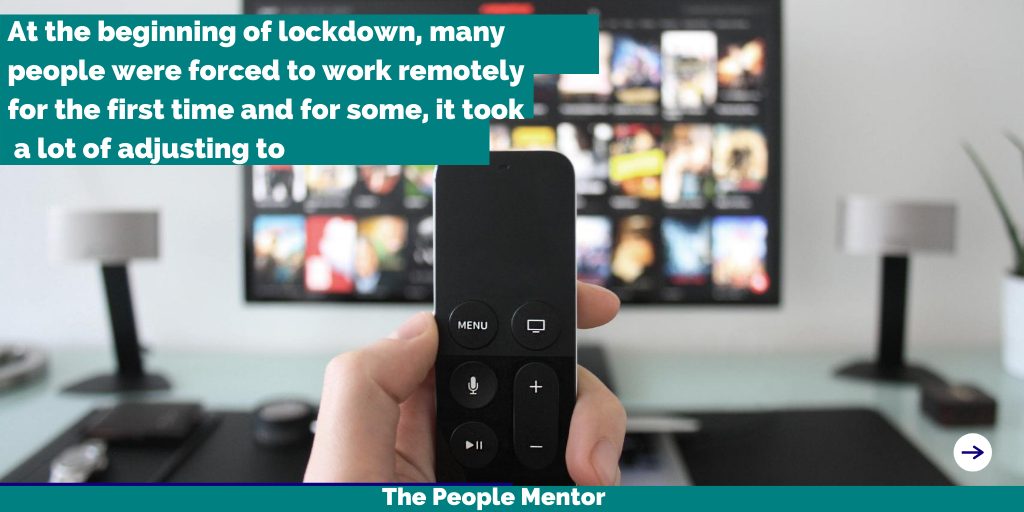At the beginning of lockdown, many people were forced to work remotely for the first time and for some, it took a lot of adjusting to. The loss of daily structure, the lack of face-to-face interaction with colleagues, and the disappearance of the separation between life and work made people wonder if they could really handle remote working.
But now, we’re months down the line, and it seems that many employees have got into a groove. They’ve realised that:
- They enjoy not having to commute or spend so much time travelling for work.
- They have more time to spend with their family, do their hobbies, exercise, and do the things they enjoy in general.
- They enjoy the flexibility that remote working can bring.
- They are more productive.
Returning to work: Considerations for businesses
For many employees, remote working has improved their work-life balance, and they are happier, so it’s easy to see why the thought of returning to the office just doesn’t seem attractive.
There has been a lot of focus on employees not wanting to return to work because they don’t feel safe, or because they have issues around childcare, but what about the fact that many employees have had a taste of the freedom and flexibility of remote working and they don’t want to give it up?
So the consideration for businesses is do you actually need everyone in the office, or could more widespread remote working feasibly work for you? More businesses than ever are rethinking their remote working policies and have come to the conclusion that the potential cost savings and increase in productivity make it an attractive proposition.
But what if you do need employees to physically return to the workplace? How can you negotiate a return to work and not only that, keep employees engaged and motivated when they do come back?
Creating a safe and supportive working environment
To get the best out of employees when they return to work, you need to create a safe, supportive, and engaging working environment. A lot of things will change and have changed in the workplace because of the coronavirus but remember that change never just brings problems, it also brings opportunities.
You’ll get the chance to show your people your ‘human’ side
This is not the time to be ‘the boss,’ you need to show your team that you’re a compassionate, empathetic, and understanding mentor who will listen to their ideas, suggestions, and concerns.
You’ll have the chance to build trust and build your team on stronger foundations
Be open and honest with employees. Tell them what you know, and don’t pretend to know the answers if you don’t. Everyone will feel some trepidation about returning to work for a variety of reasons. If you can acknowledge their reasons, demonstrate that you understand and that you’re willing to work with them to solve the issues, this will build trust and a stronger team dynamic than you may have ever had.
You’ll have the chance to demonstrate a stronger commitment to employee wellbeing
The pandemic and everything that came with it has had considerable effects on mental health for many people. Employees may have suffered from stress, anxiety, and depression, and they may be struggling with grief if they lost someone to the virus.
Now is the time to show employees that you genuinely care about their wellbeing. Offer support where you can and signpost people to resources and sources of help, and think about putting a comprehensive Employee Wellbeing policy in place if you don’t have one already. You might consider including things like subsidised exercise sessions or gym memberships, mindfulness or relaxation classes, and more flexible working options.
You’ll have an opportunity to offer employees a better work-life balance
This is one of the main reasons why employees have taken to remote working. When people return to work, you have an opportunity to think about how you can allow them to work more flexibly. Could they work from home some of the time or work more flexible hours? This doesn’t just make employees happier and more engaged, it also has potential benefits for the business. Staggering shift times can help keep the workplace safe and having employees working remotely can increase agility and productivity.








